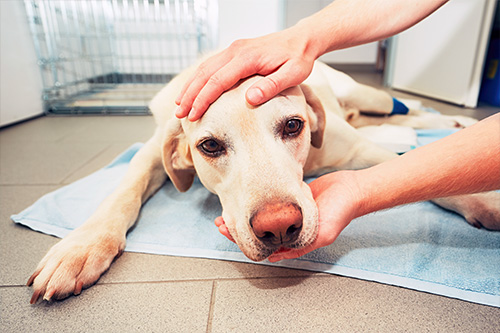
During any procedures that require sedation and/or general anesthesia your pet will have an intravenous catheter placed for direct access as well as supportive IV fluid therapy during their procedure. From the time your pet receives their first medication to the time that they wake up in their recovery bed your pet will be hand monitored by one of our trained veterinary technicians as well as our surgical monitoring equipment.
The vitals being monitored include your pet’s heart rate, respiratory rate, blood pressure, temperature, carbon dioxide levels, and oxygenation status. All of these vitals, paired with the intravenous catheter placement allow us to intervene early should your pet have an adverse reaction while under anesthesia which helps reduce anesthetic risk.
All pets must be previously evaluated by our veterinarian to ensure they are a suitable candidate for sedation and/or general anesthesia. This screening will include a physical exam and pre-anesthetic blood work appropriate for the age of your animal at a minimum, but may also include other diagnostic imaging modalities such as ultrasound if needed.
Please feel free to ask us about our patient monitoring protocol or any concerns you might have about your pet being a suitable candidate for sedation and/or general anesthesia.
